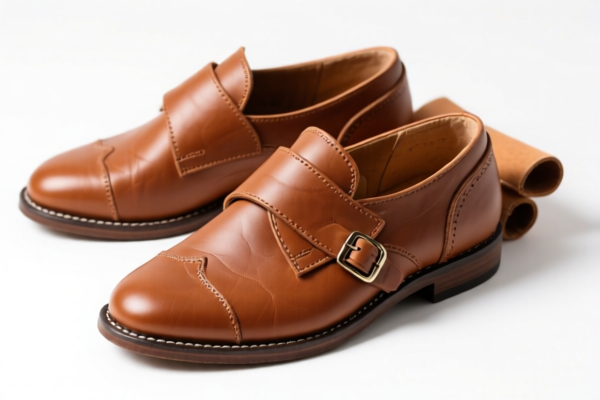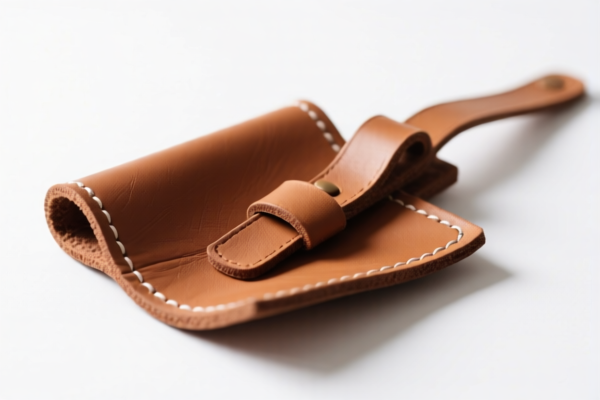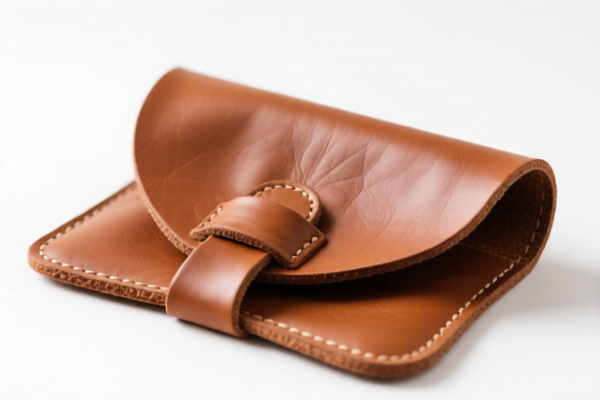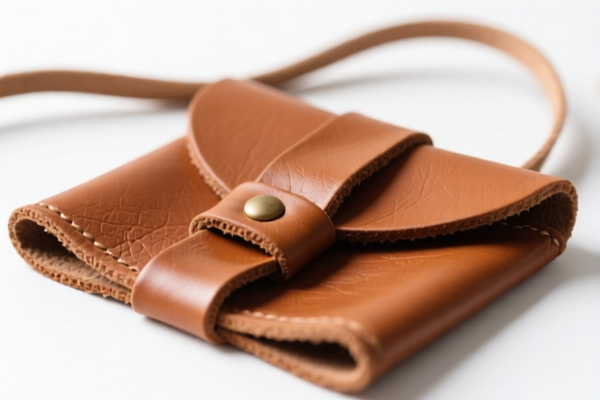| HS Code | Official Doc | Tariff Rate | Origin | Destination | Effective Date |
|---|---|---|---|---|---|
| 4205000500 | Doc | 57.9% | CN | US | 2025-05-12 |
| 4205008000 | Doc | 55.0% | CN | US | 2025-05-12 |
| 4201006000 | Doc | 57.8% | CN | US | 2025-05-12 |
| 3913905000 | Doc | 61.5% | CN | US | 2025-05-12 |
| 3913901000 | Doc | 55.0% | CN | US | 2025-05-12 |




Leather Cord
Leather cord is a versatile material used extensively in a variety of craft projects. It consists of narrow strips of leather, typically processed from animal hides. Its flexibility, durability, and natural aesthetic make it suitable for numerous applications.
Material
Leather cords are commonly produced from cowhide, but can also be made from sheepskin, goat skin, pigskin, or even exotic leathers like buffalo or kangaroo. The quality of the leather impacts the cord’s strength, texture, and appearance. Leather can be vegetable-tanned, chrome-tanned, or oil-tanned, each offering different characteristics. Vegetable-tanned leather is known for its firm texture and ability to be molded and dyed, while chrome-tanned leather is softer and more water-resistant.
Purpose
The primary purpose of leather cord is to serve as a binding, fastening, or decorative element in crafts. It is used for both functional and aesthetic applications.
Function
Leather cord functions as a strong, flexible connector. Its tensile strength allows it to secure objects, while its pliability facilitates knotting, weaving, and wrapping. It can be cut, knotted, braided, glued, and dyed. The cord’s natural texture provides a tactile element to projects.
Usage Scenarios
- Jewelry Making: A popular choice for necklaces, bracelets, and earrings. Used to string beads, pendants, and charms.
- Macramé: Used for creating knotted patterns in wall hangings, plant hangers, and decorative items.
- Bookbinding: Employed for securing book signatures and creating decorative covers.
- Scrapbooking & Cardmaking: Used for embellishments, tags, and closures.
- Clothing & Accessories: Used for lacing, drawstrings, and decorative accents.
- Keychains & Lanyards: Provides a durable and stylish material for holding keys or ID badges.
- Dream Catchers: Traditionally used for the web and hanging loop.
- Pet Collars & Leashes: Provides a strong and comfortable material for pet accessories.
Common Types
- Round Leather Cord: The most common type, offering a classic look and consistent thickness. Available in various diameters.
- Flat Leather Cord: Provides a wider surface area, suitable for applications requiring a broader band.
- Square Leather Cord: Offers a unique geometric shape, often used for decorative purposes.
- Braided Leather Cord: Provides increased strength and a textured appearance.
- Suede Leather Cord: Offers a soft, napped texture, often used for delicate jewelry or embellishments.
- Waxed Leather Cord: Coated with wax for increased durability, water resistance, and a polished finish. Commonly used in jewelry making.
- Faux Leather Cord: A synthetic alternative, offering a similar look and feel to genuine leather at a lower cost.
- Leather Bolo Cord: Specifically designed for bolo ties, typically featuring decorative metal aglets.
The declared goods are leather cords intended for use in craft projects. These cords are composed of leather and utilized as a material for various handmade applications.
The following HS codes are relevant based on the provided information:
-
4205000500: This HS code covers “Other articles of leather or of composition leather: Of a kind used in machinery or mechanical appliances or for other technical uses: Belting leather cut or wholly or partly manufactured into forms or shapes suitable for conversion into belting”. While primarily describing belting leather, it includes leather articles prepared for technical uses, which could encompass cords intended for crafting applications requiring specific properties.
- Chapter 42: Articles of leather; saddlery and harness; travel goods, handbags and wallets; articles of animal gut.
- Heading 4205: Other articles of leather or of composition leather, not elsewhere specified or included.
- Subheading 4205000500: Specifically for articles used in machinery or mechanical appliances or for other technical uses, belting leather cut or wholly or partly manufactured into forms or shapes suitable for conversion into belting.
-
4205008000: This HS code covers “Other articles of leather or of composition leather: Other: Other: Other”. This is a broad category for leather articles not specifically classified elsewhere. Leather cords for general craft purposes would likely fall under this classification.
- Chapter 42: Articles of leather; saddlery and harness; travel goods, handbags and wallets; articles of animal gut.
- Heading 4205: Other articles of leather or of composition leather, not elsewhere specified or included.
- Subheading 4205008000: A general “Other” category within other leather articles.
-
4201006000: This HS code covers “Saddlery and harness for any animal (including traces, leads, knee pads, muzzles, saddle cloths, saddle bags, dog coats and the like), of any material: Other”. While primarily for animal-related items, the broad "Other" classification could potentially include leather cords used in crafting items resembling saddlery or harness components.
- Chapter 42: Articles of leather; saddlery and harness; travel goods, handbags and wallets; articles of animal gut.
- Heading 4201: Saddlery and harness for any animal.
- Subheading 4201006000: A general “Other” category within saddlery and harness.
Tax Rate Information:
- 4205000500: Base tariff: 2.9%, Additional tariff: 25.0%, Post 2025.4.2 Additional tariff: 30%. Total tariff: 57.9%.
- 4205008000: Base tariff: 0.0%, Additional tariff: 25.0%, Post 2025.4.2 Additional tariff: 30%. Total tariff: 55.0%.
- 4201006000: Base tariff: 2.8%, Additional tariff: 25.0%, Post 2025.4.2 Additional tariff: 30%. Total tariff: 57.8%.
Customer Reviews
No reviews yet.